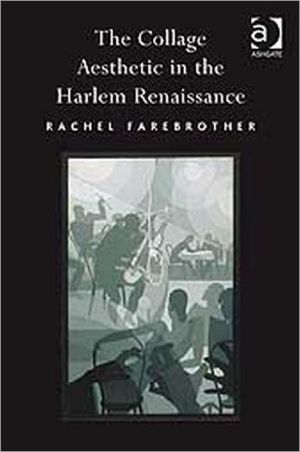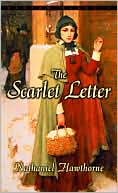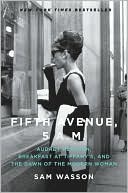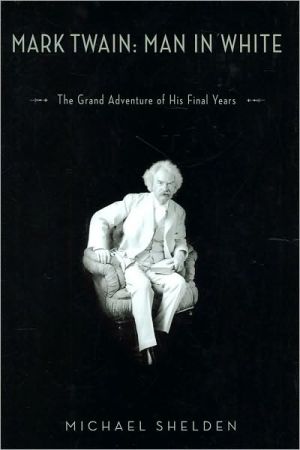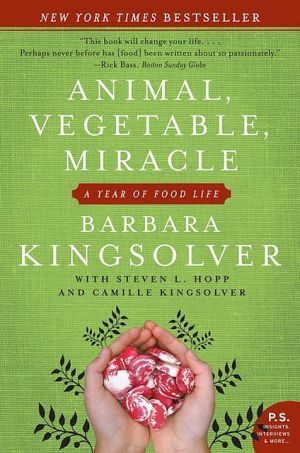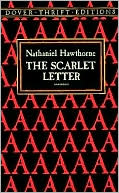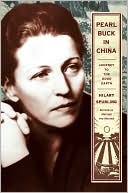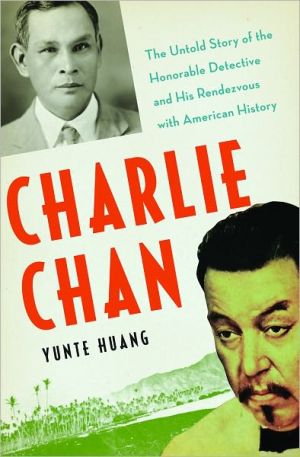The Collage Aesthetic in the Harlem Renaissance
Beginning with a subtle and persuasive analysis of the cultural context, Farebrother examines collage in modernist and Harlem Renaissance figurative art and unearths the collage sensibility attendant in Franz Boas's anthropology. This strategy makes explicit the formal choices of Harlem Renaissance writers by examining them in light of African American vernacular culture and early twentieth-century discourses of anthropology, cultural nationalism and international modernism. At the same time,...
Search in google:
Beginning with a subtle and persuasive analysis of the cultural context, Farebrother examines collage in modernist and Harlem Renaissance figurative art and unearths the collage sensibility attendant in Franz Boas's anthropology. This strategy makes explicit the formal choices of Harlem Renaissance writers by examining them in light of African American vernacular culture and early twentieth-century discourses of anthropology, cultural nationalism and international modernism. At the same time, attention to the politics of form in such texts as Toomer's Cane, Locke's The New Negro and selected works by Hurston reveals that the production of analogies, juxtapositions, frictions and distinctions on the page has aesthetic, historical and political implications. Why did these African American writers adopt collage form during the Harlem Renaissance? What did it allow them to articulate? These are among the questions Farebrother poses as she strives for a middle ground between critics who view the Harlem Renaissance as a distinctive, and necessarily subversive, kind of modernism and those who foreground the cooperative nature of interracial creative work during the period. A key feature of her project is her exploration of neglected connections between Euro-American modernism and the Harlem Renaissance, a journey she negotiates while never losing sight of the particularity of African American experience. Ambitious and wide-ranging, Rachel Farebrother's book offers us a fresh lens through which to view this crucial moment in American culture.
List of FiguresList of Abbreviations1 Boas ian Anthropology and the Harlem Renaissance 192 '[F]lung out in a jagged, uneven but progressive pattern': 'Culture-citizenship' in The New Negro 493 '[A]dventuring through the pieces of a still unorganized mosaic': Jean Toomer's Collage Aesthetic in Cane 794 'Think[ing] in Hieroglyphics': Zora Neale Hurston's Cross-Cultural Aesthetic 1115 Reading Zora Neale Hurston's Textual Synthesis in Jonah's Gourd Vine and Moses, Man of the Mountain 149Bibliography 195Index 213
